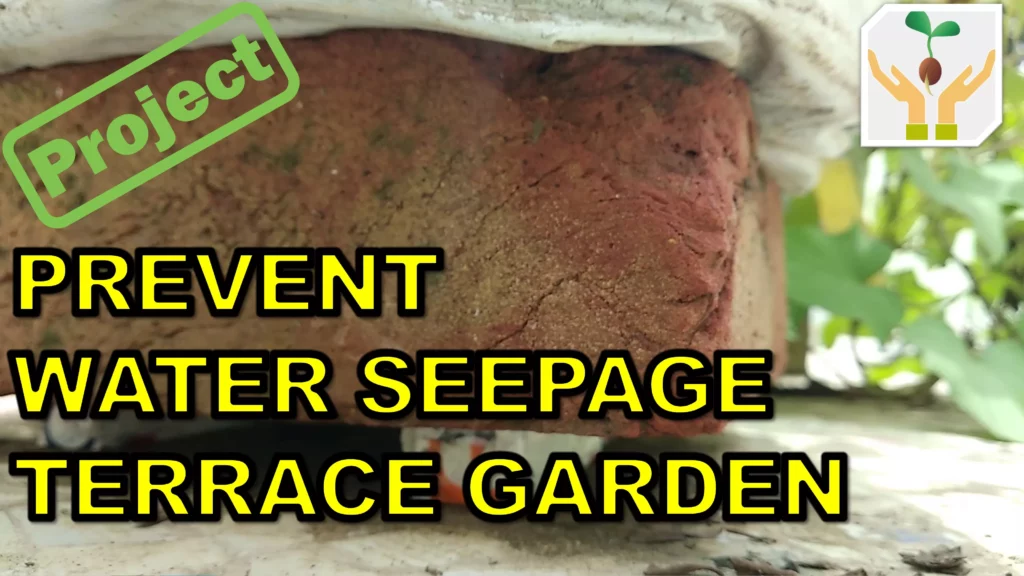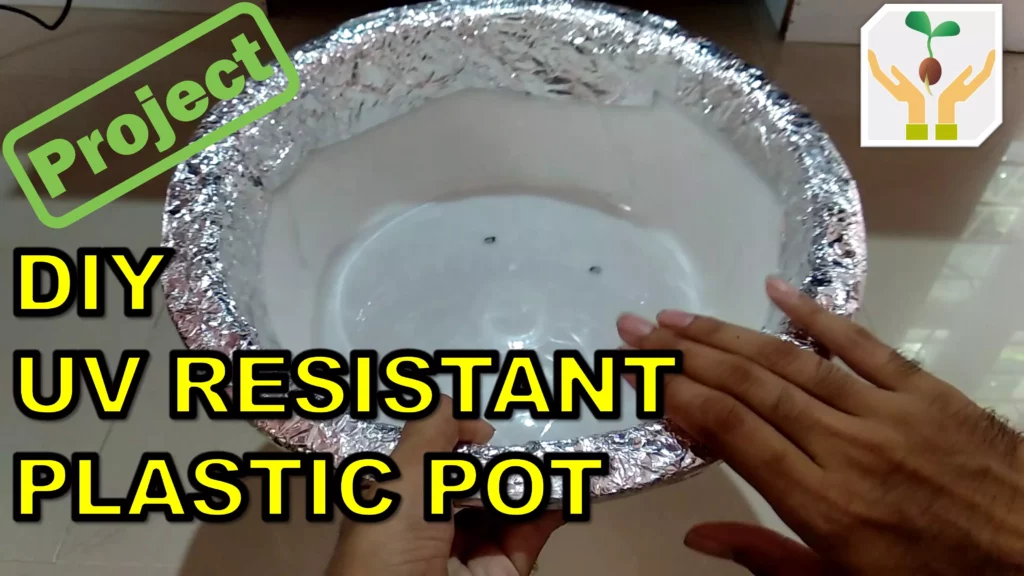Hi, friends in this video we will look at Bone Meal Organic Fertilizer. We will see What it is? What are the benefits of it? How it is made? and How to apply it?
▼Scan @ Video Index▼
- 00:00 Intro
- 0:40 Homemade Bone Meal Powder
- 1:14 Role of Phosphorus in Plant Life Cycle
- 2:06 Amending Soil with Bone Meal
- 3:03 Sun Drying Bones in DIY Solar Dryer
- 4:23 Crushing Bone to Bone Meal Powder
- 4:54 Benefits of Making your Bone Meal
- 5:41 Bone Meal NPK
- 6:11 Stone Tools for Bone Crushing
- 6:54 Bone Meal Application to Adenium
- 8:19 Bone Meal Application to Papaya Tree
- 9:24 Bone Meal Application to Desert Rose
- 10:34 Bone Meal Application to Yellow Trumpetbush
▼Watch @ Related Video▼
Homemade Bone Meal Powder
Bone meal is crushed animal bones that have been sterilized by heat treatment to kill any harmful pathogen. This powder when applied to plants acts as a slow-release fertilizer. Bone meal is rich in phosphorous and calcium both of which play a significant role in plant growth lifecycle. You can make bone meal fertilizer in your home quite easily.
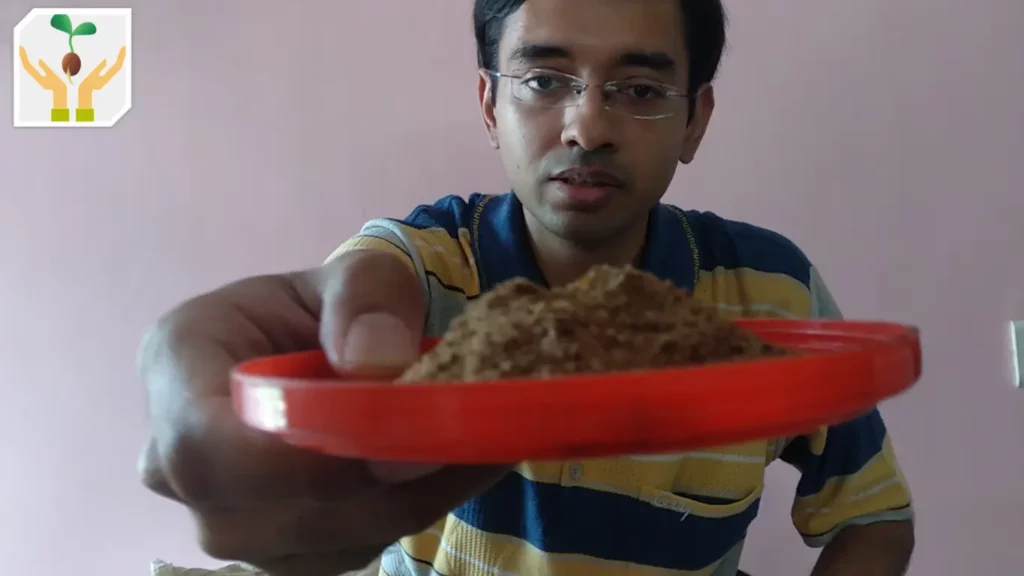
Role of Phosphorus in Plant Life Cycle
Phosphorous is an important plant nutrient. It is used for the all-round development of the plant. Using phosphorous plants stores the energy created from the photosynthesis process. Soil rich in phosphorous allow plants to develop a stronger root system and increase yield. It also improves the disease resistance of plants. Plants deficient in phosphorous do not show any visible symptoms except for decreased overall yield. Add phosphorous fertilizer to root tubers like carrot, potatoes, sweet potato, radish, etc increase yield. Also flowering and fruiting plants benefit from amending the soil with phosphorus-rich fertilizer.
Amending Soil with Bone Meal
Most soils are deficient in phosphorous so it is essential to amend the soil with phosphorus-rich fertilizer like bone meal. The bone meal being an organic fertilizer is a slow-release fertilizer. In a time frame of 3 -4 months, the plant nutrient gets slowly available. This happens when the soil microbes and the soil acids slowly break the bone powder into water-soluble phosphorus plant nutrients.
Sun Drying Bones in DIY Solar Dryer
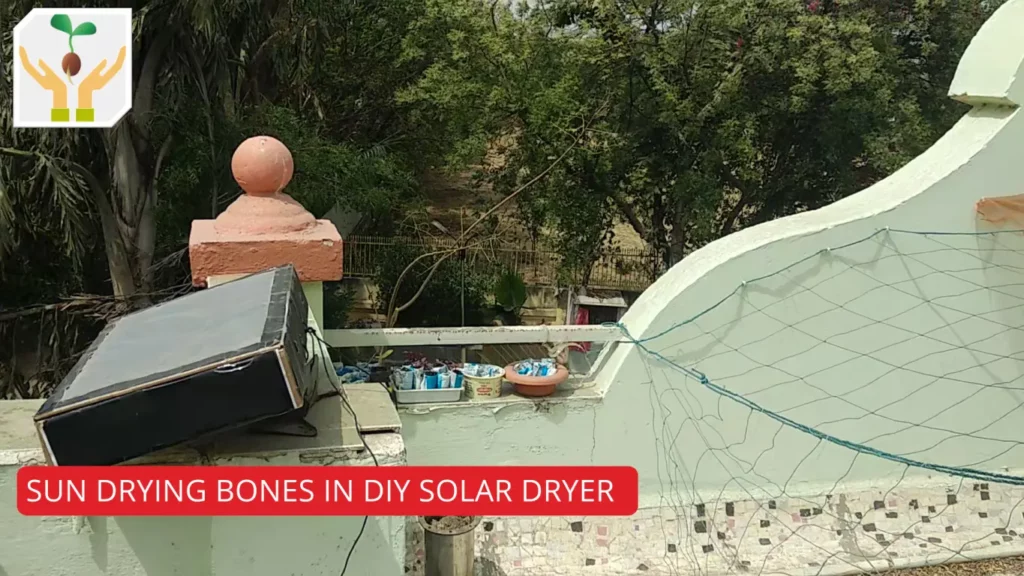
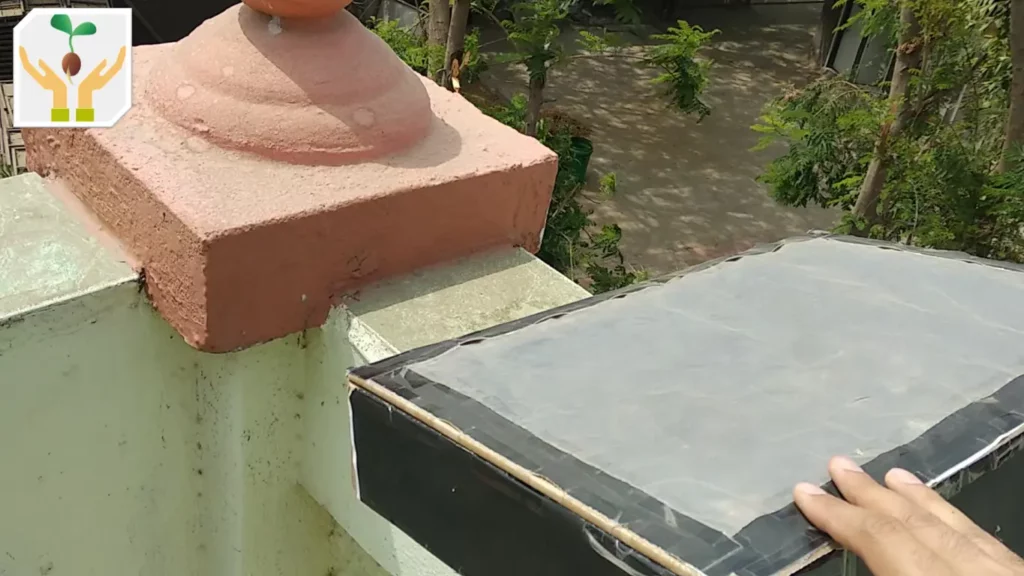
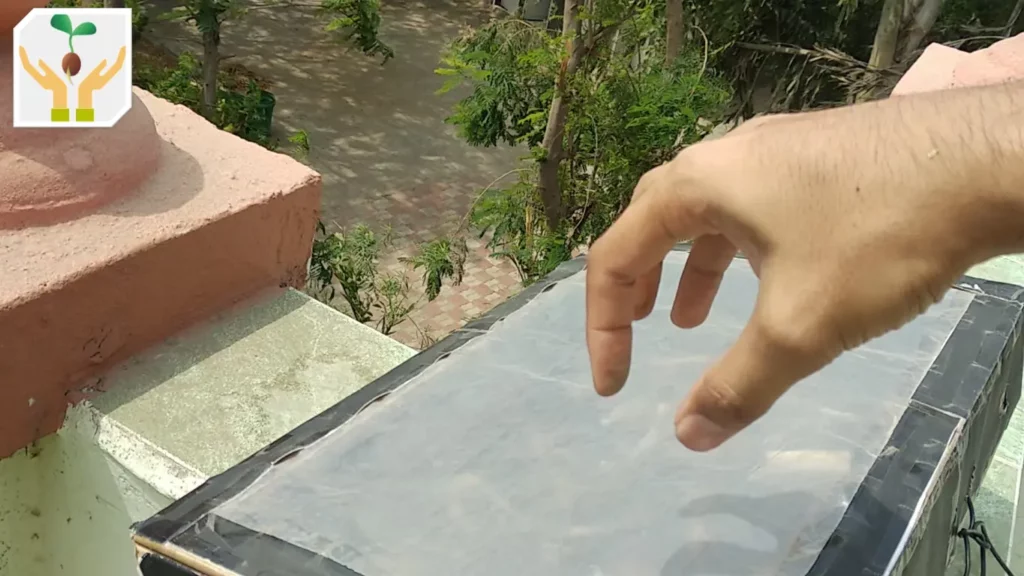
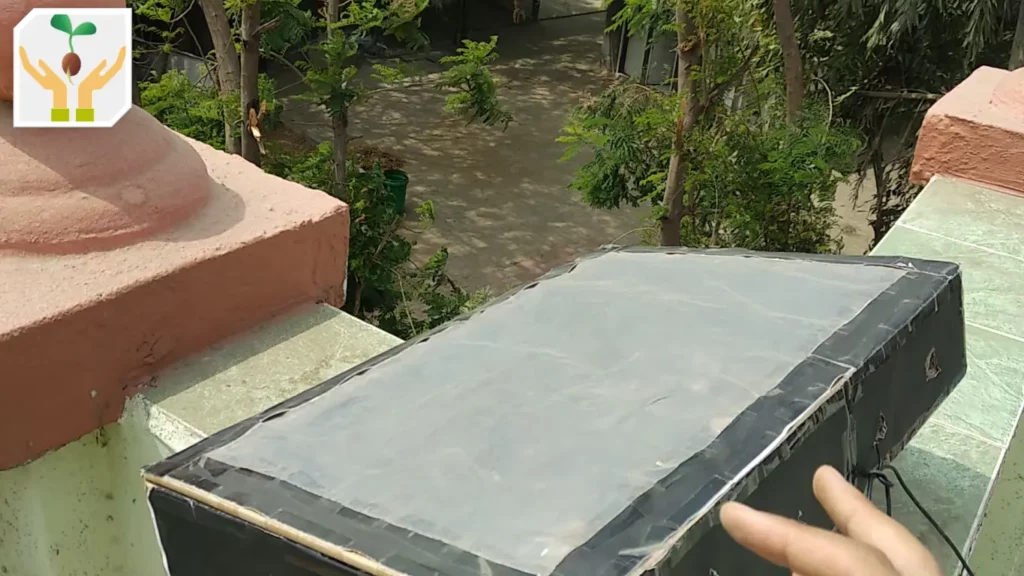
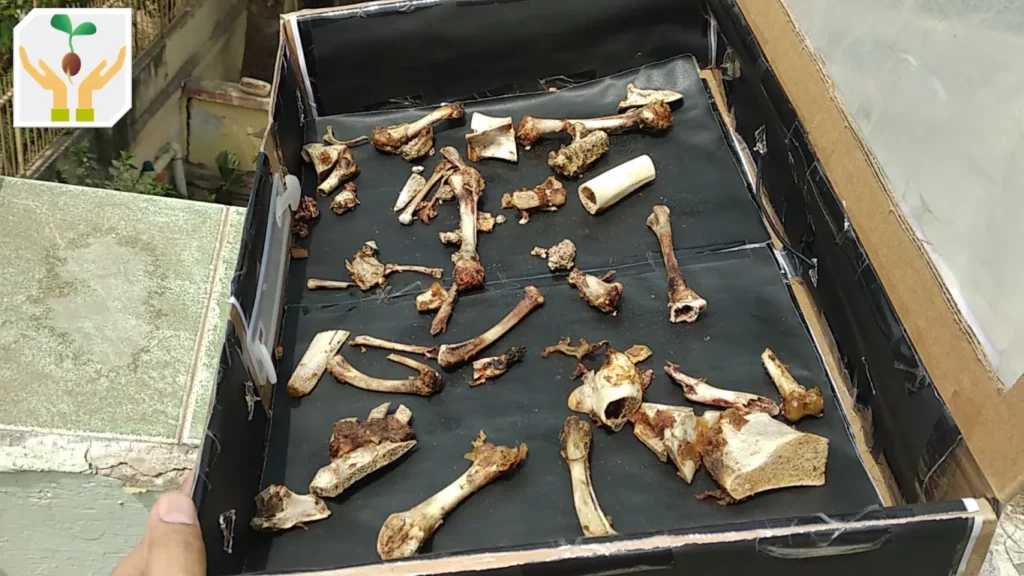
It takes around 15 days to sun dry the bones in the solar dehydrator. Once dried the bones become extremely brittle and then can be crushed easily.
Crushing Bone to Bone Meal Powder
The first step to creating bonemeal depends on how you want to make them brittle. There are multiple ways of doing it. You can sun-dry or use an oven or use an electric dehydrator you can even pressure cook them for an hour. The result is the same you get bones which is very easy to break. Once you have dried them you can use some tools to break them into smaller chunks. Use a food processor or hand blender to crush them into a fine powder.
Benefits of Making your Bone Meal
You can convert garbage from your home to very useful plant nutrients which will increase plant yield. A store-bought bone meal might contain harmful contaminants like heavy metals and bacteria. The biggest advantage is it’s completely free to make a bone meal at home.
Bone Meal NPK
On average bone meal has an NPK of 3:15:0 and has 12% calcium content.
Stone Tools for Bone Crushing
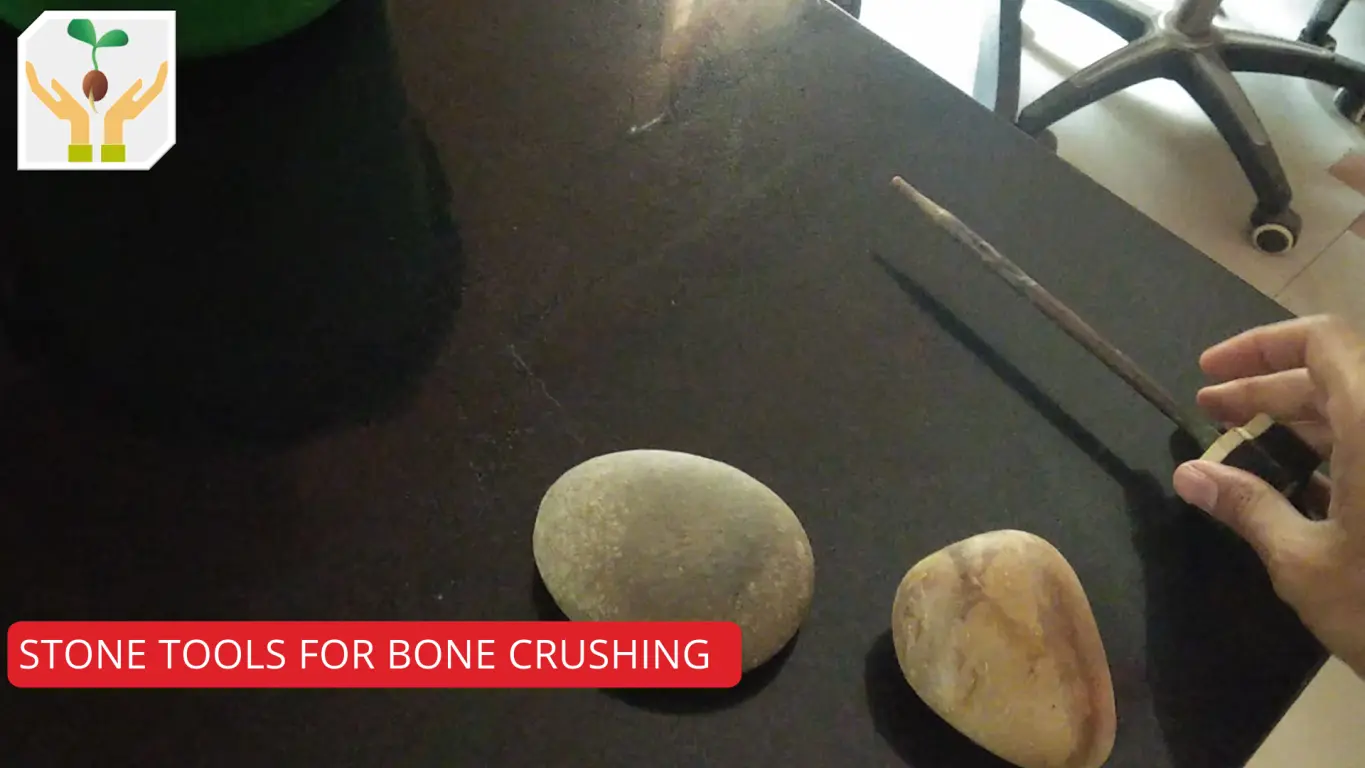
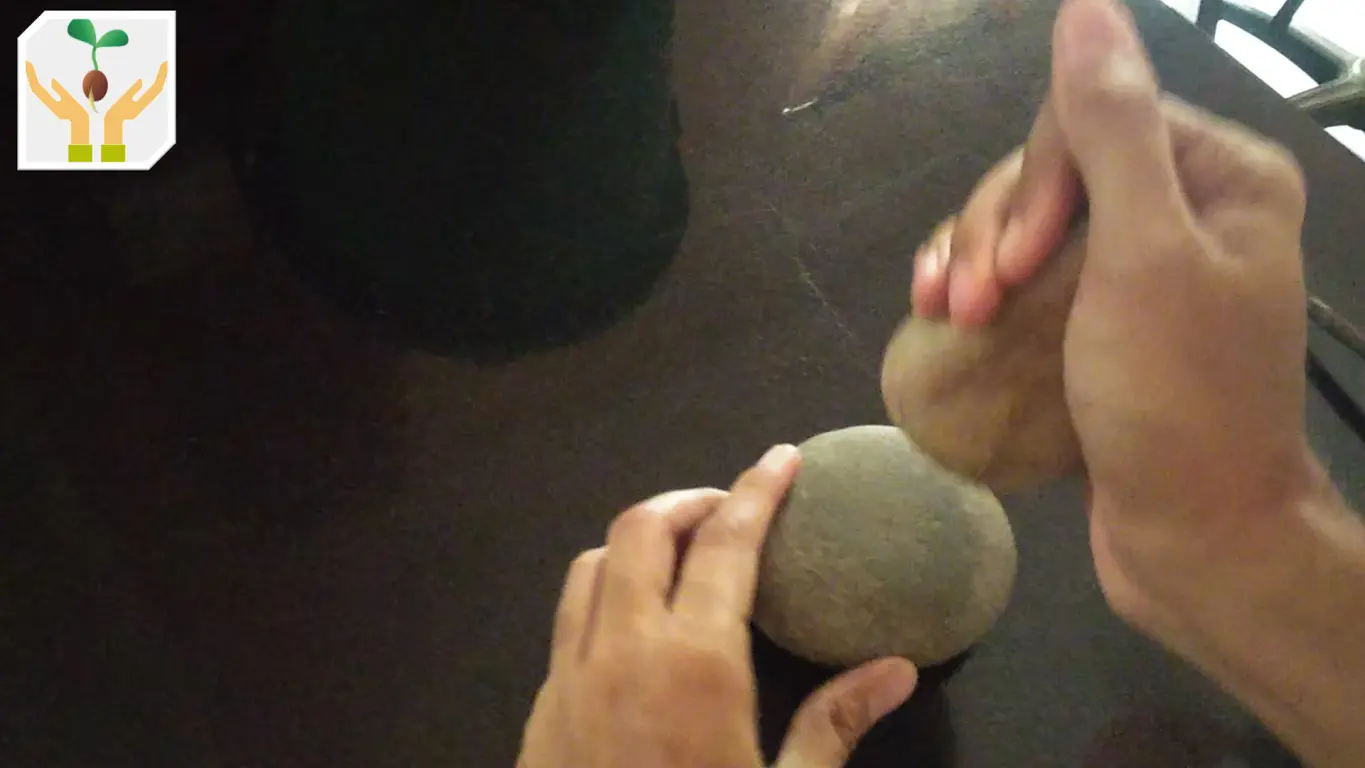

You can even use a normal mortar and piston used for crushing spices to crush the bones.
Bone Meal Application to Papaya Tree
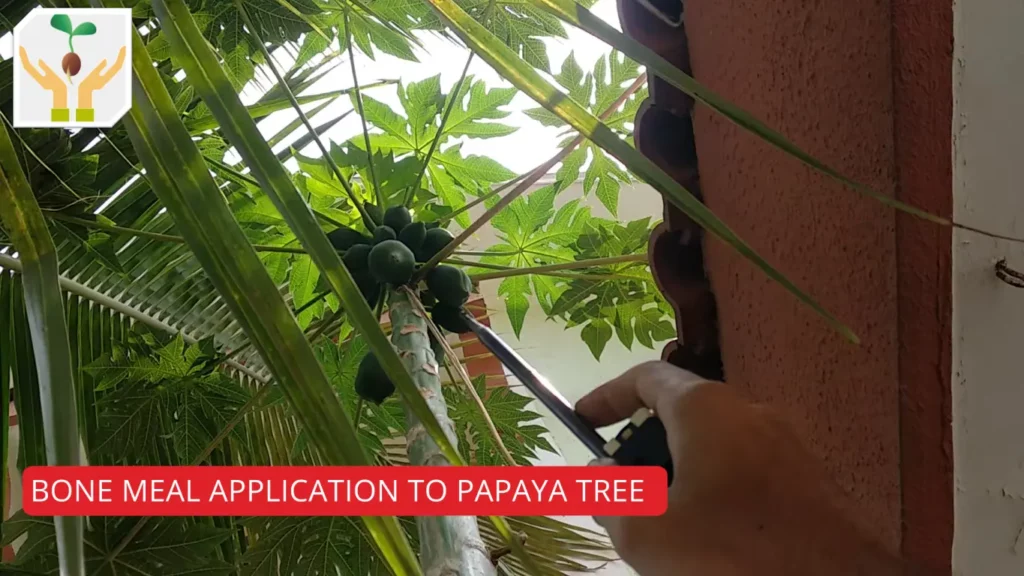
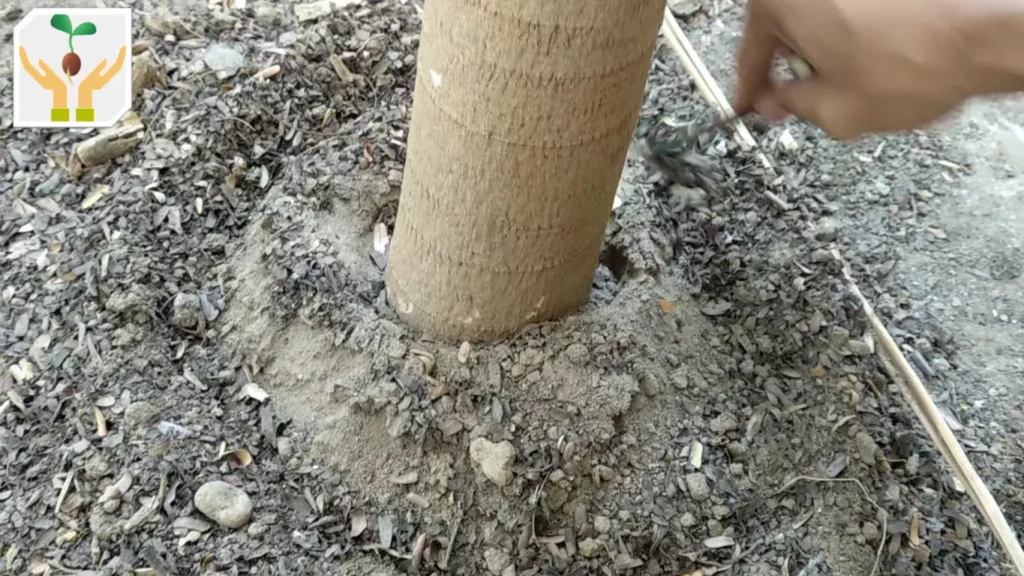
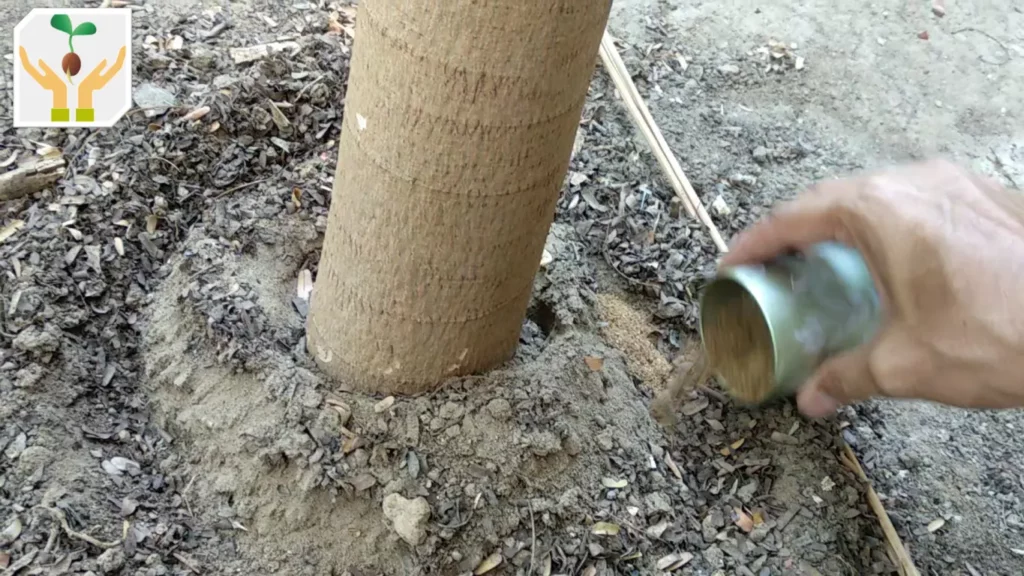
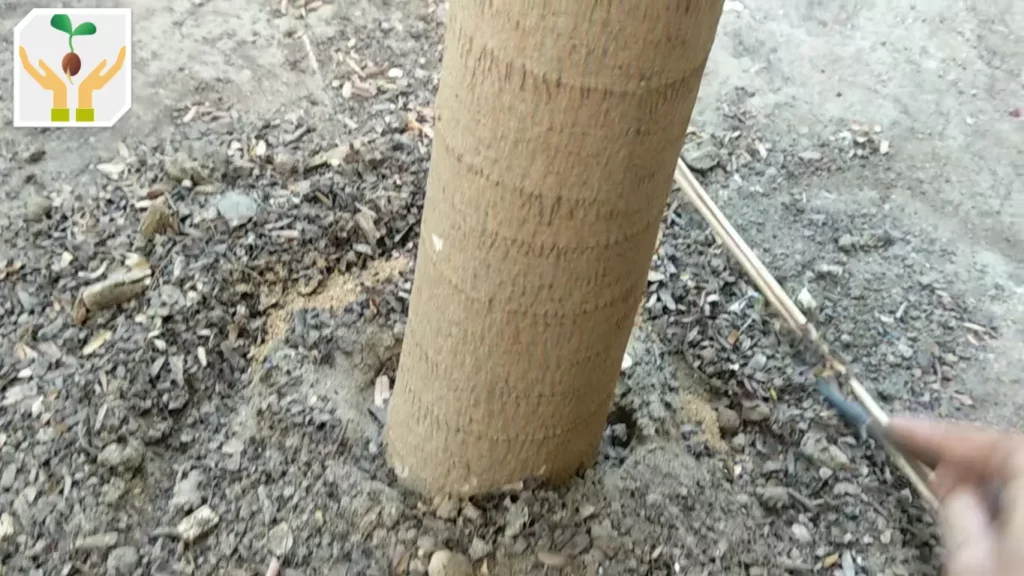
The bone meal requires soil microbes to decompose it makes the phosphorous and calcium plant available. So you need to apply it by digging a trench around the rooting zone. Apply 2-3 tablespoons for a large tree in the ground. After adding bonemeal cover the trench with soil and water it thoroughly to start the decomposition process.
Bone Meal Application to Desert Rose
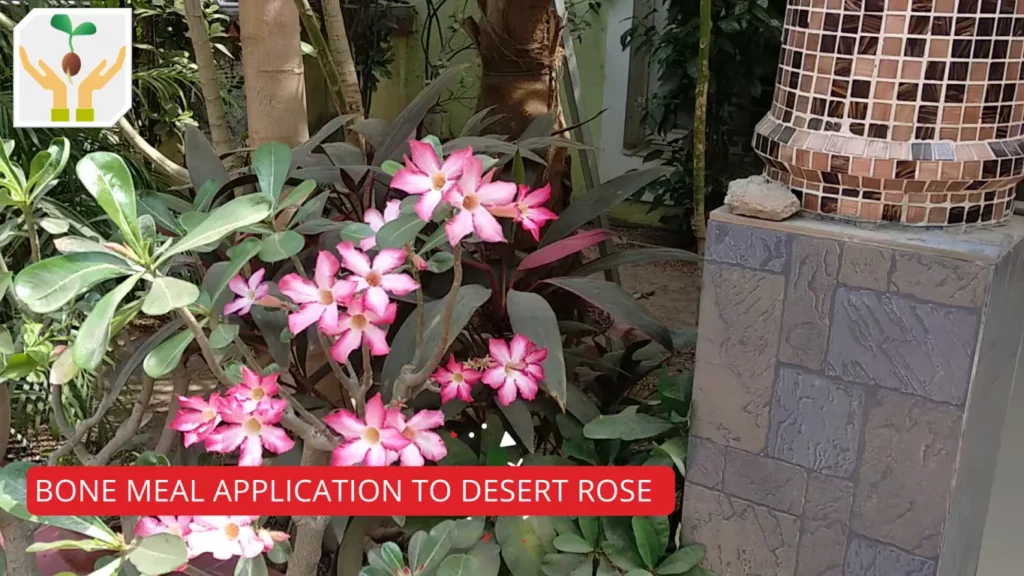
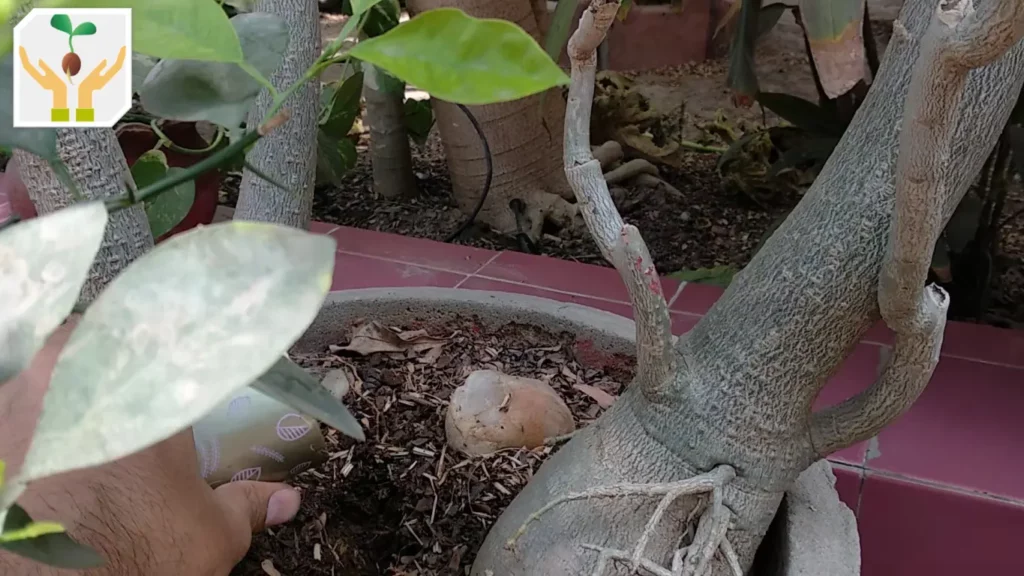
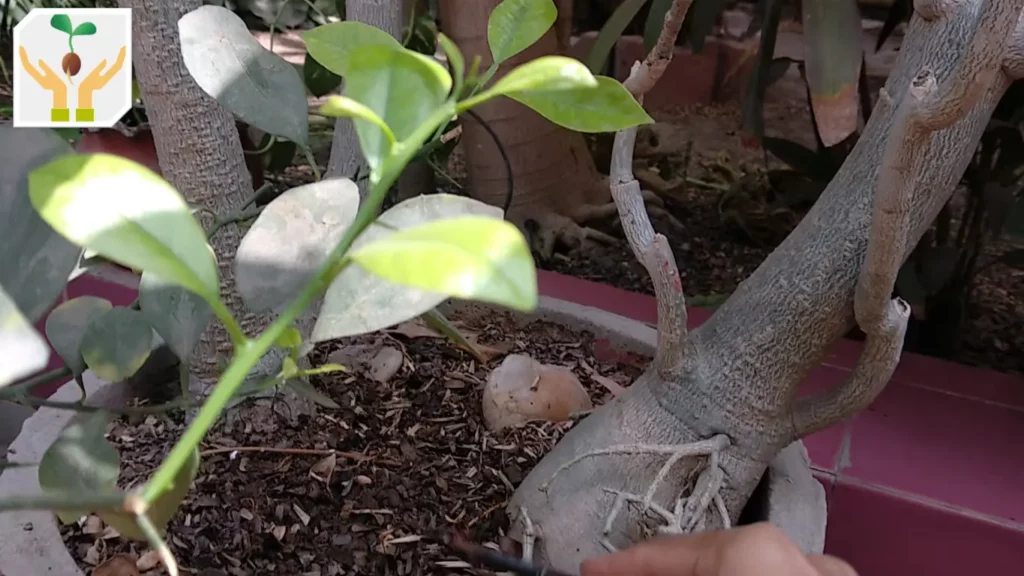
For potted plants, you can dig a small hole near the stem of the plant and apply 1 tablespoon of bonemeal. After adding bonemeal cover the hole with soil and water it thoroughly.
Bone Meal Application to Yellow Trumpetbush
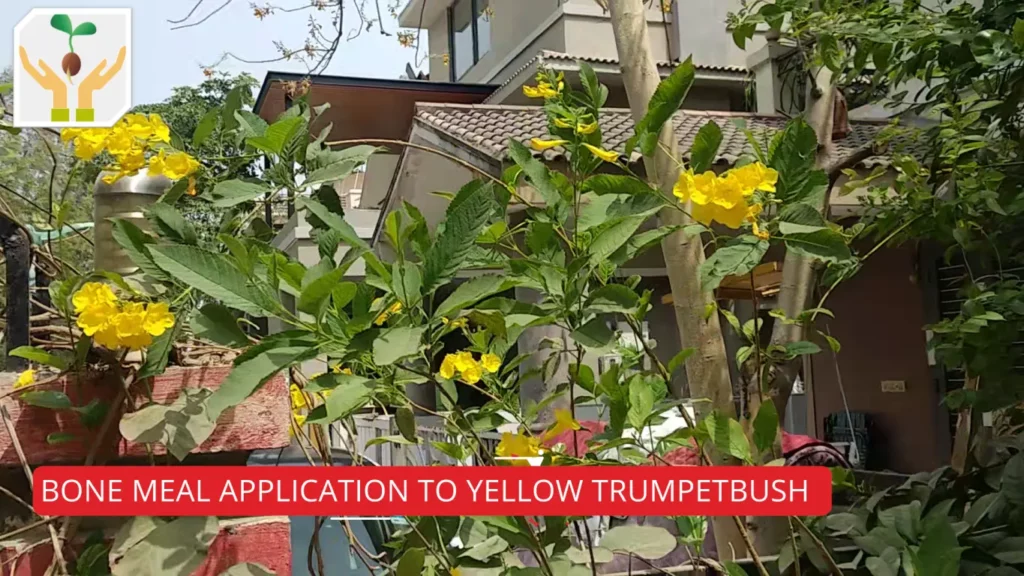
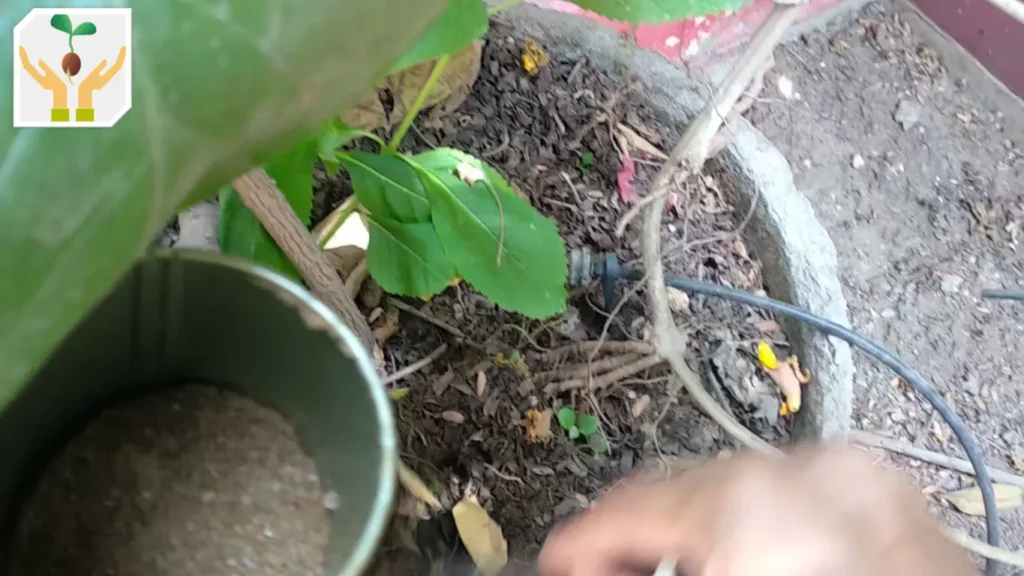
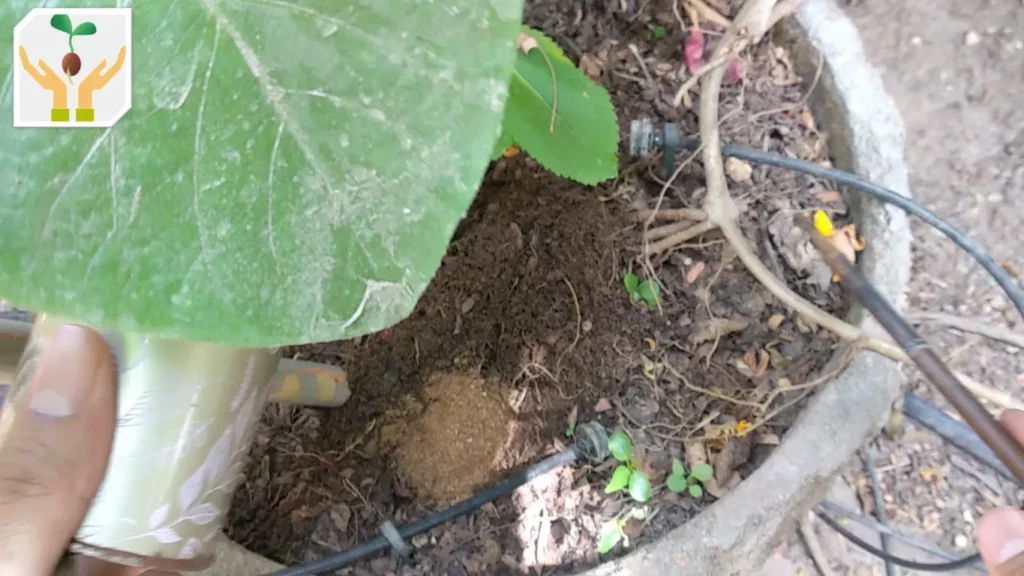
I hope friends, you liked this post about bone meal fertilizer and how to create and apply it to your garden. If yes, don’t forget to share this video with your friends and family whom you think could benefit from it. If you liked this, you might also like our other gardening-related content. Make sure to subscribe to our YouTube channel or join our mailing list to be alerted as soon as a new video is released. Thanks for watching friends see you later bye.


